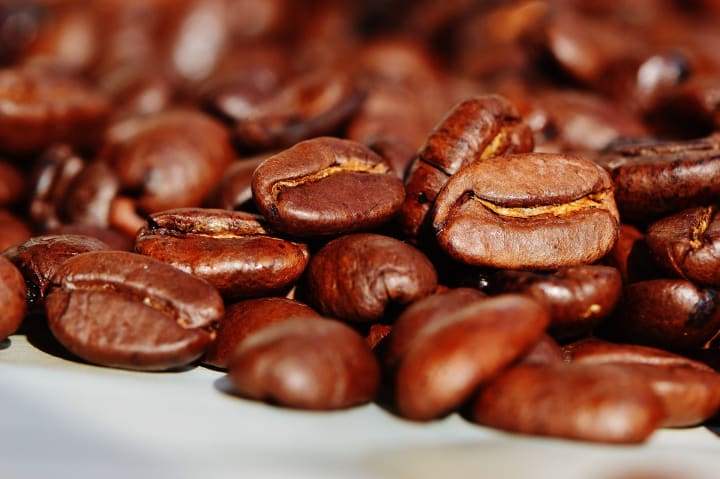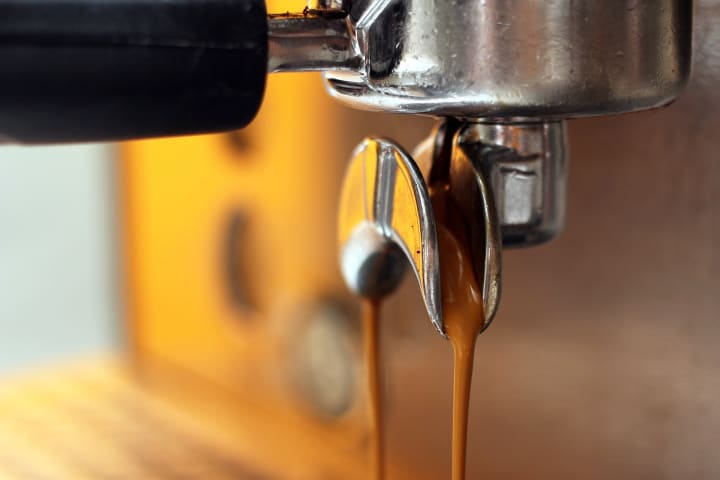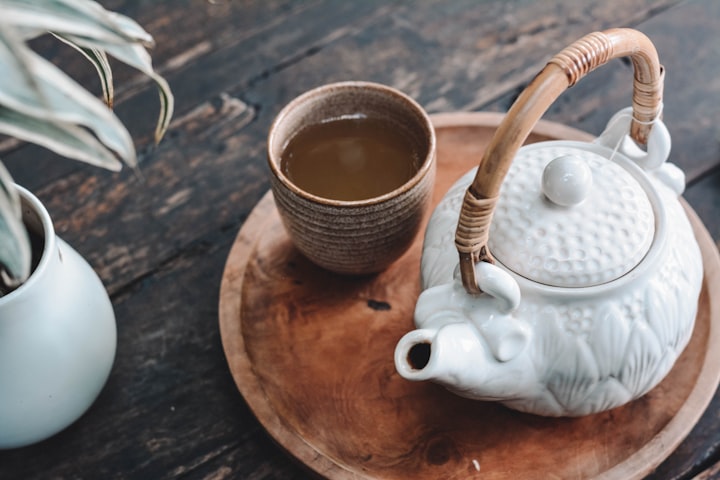Coffee is the most popular hot drink, enjoyed all over the world with over 2.5 billion cups consumed daily across the globe. In the UK alone there are 95 million cups drank everyday.
However, the coffee has been changing. Where previously people would have reached for a jar of instant granules, more and more of us are looking for a richer and more barista-style coffee experience. Ground coffee and single serve coffee pods are particularly popular with millennials who now account for 16 percent of all buyers.
So how do you go about ensuring you have the best coffee experience? It's probably first worth understanding a little of the history of your morning brew.
A Brief History of Coffee
The history of coffee can be traced all the way back to before 1000 AD when tribes of people in Ethiopia discovered they would get an energy boost when they ate coffee berries. Arab traders started to bring the coffee back to their homeland and cultivated the plants for the first time. At this time they started to boil the beans to create qahwa—literally translating to "that which prevents sleep!"
It was in 1475 that the first coffee shop opened in Constantinople (now modern Istanbul), having been introduced by the Ottoman Turks.
Coffee was introduced to the West by Italian traders in the early 1600s. In Italy, Pope Clement VIII was directed by his advisors to consider coffee as part of the infidel threat. The Pope decided to "baptise" it instead, making it an acceptable Christian beverage. The first coffee house in England opened in 1651 and they became highly popular forums for debate and discussion. In 1668 coffee replaced beer as New York's preferred breakfast drink! In the United States, the Boston Tea Party made drinking of coffee a patriotic duty.
Instant coffee was first created in the 1930s when Brazil had a surplus of coffee. Nestle freeze-dried the coffee, inventing the popular Nescafe brand.
The first of the "big brand" coffee chains, Starbucks, opened in 1971, creating a buzz for their fresh roasted coffee. There are now almost 30,000 Starbucks coffee shops globally.
The Bean of Choice
The first thing to understand about coffee is the choice of bean. There are many types of bean available, however, the two main varieties that are found in your daily cup are the Arabica and Robusta beans.
Both types are different in terms of taste, how and where they are grown and price, with Arabica tending to have a softer and sweeter taste. They have a higher acidity and fruiter tones than the stronger, and generally, more harsh taste of the Robusta bean.
Robusta beans contain double the amount of caffeine, but are often felt to be a lesser bean than the Arabica; however, many are of high quality and provide a deep flavour and a great crema. Robusta beans are easier to grow. They resist pests and weather better than the Arabicas, as well as producing fruit more quickly.
Of course it comes down to taste: You will find many cheaper coffee granules and grinds are Robusta, however, you need to experiment to find the balance of flavours which you enjoy.
A Roast to the Bean

Coffee beans are roasted to bring out the aroma and flavour from the green beans. Roasting the beans causes chemical changes as they are rapidly heated reducing the moisture content.
There are many potential roasts and personal taste will help you decide how dark you like your coffee roasted. There are four main roast categories:
- Light Roasts: Light brown and mildly flavoured.
- Medium Roasts: Medium brown in colour with a stronger flavour. Often called an American Roast as it is the type most popular in the US.
- Medium Dark Roasts: A rich, dark colour with some oil on the surface of the beans. They will have a slight bittersweet aftertaste when brewed.
- Dark Roasts: Shiny black beans with an oily surface. These will have a bitter taste. Dark roasts go from slightly dark to charred, each with a different flavour profile. Darker roasts can be known as expresso or Italian roasts as they are popular in Europe.
Try different types of roast until you find the type you enjoy most. From a light breakfast cup to a sharp and rich espresso.
5 Top Tips for Fine Coffee

Coffee Brewing
If you are going to make the effort to make a great cup of coffee it is worth getting it right to have the perfect brew. These top tips will help you have the most delicious coffee every time!
1. Buy small amounts and store well.
As soon as coffee is roasted it starts to lose its flavour. Coffee is packaged in vacuum sealed bags that keep the freshness in, but as soon as you open the pack the clock is ticking.
Buy only as much coffee as you can consume in a short time and ensure you keep your grounds in an airtight container. Don’t put it in the freezer, the effect of ice cold coffee being hit with hot water can affect the taste.
2. Find a local roaster and buy beans to grind yourself.
If you want to be serious about your coffee you need to seek out a local coffee roaster. (Or find one online we are in a global village after all!) Buy fresh beans in small quantities and then grind them yourself.
A coffee grinder is a worthwhile investment as you will ensure you have the freshest coffee. (You will notice the improvement in taste.) You can also adjust the grind so that you can balance the flavour of the coffee to match your exact personal taste.
3. Find the right coffee maker.
Invest in coffee equipment that will allow you to create the perfect cup. This could be a "pour over" type where you pour hot water over coffee grounds allowing gravity to slowly brew the coffee. A French press where you manually press down on a plunger to create coffee, or for the ultimate convenience, a drip machine which will allow you quickly to brew a jug of coffee.
Read reviews to find a machine which matches your requirements and budget.
4. Don’t forget the water!
The water you use to brew your coffee is vitally important! If you have water that contains lots of minerals, not only will you have to descale your coffee maker more frequently, but you will also taste them in your coffee.
I am not suggesting going out to get bottled water for coffee, but consider using a water filter to get rid of the worst of the imperfections and strong flavours. This is particularly important if your mains water has chlorine or other chemicals present which will give you a nasty tasting coffee.
5. Befriend your local barista.
The best coffee shops will make you an amazing coffee. You may have to spend a few pounds; however, finding a great (independent) coffee shop with baristas who truly care for their coffee is gold dust. Nurture your relationship and take the time to enjoy perfect coffees worth spending the time to enjoy.
About the Creator
Wilf Voss
After a career in event management and marketing culminating in being part of the team which created the London 2012 Olympics. Wilf now runs a seaside ice cream parlour and writes in his spare time.






Comments
There are no comments for this story
Be the first to respond and start the conversation.